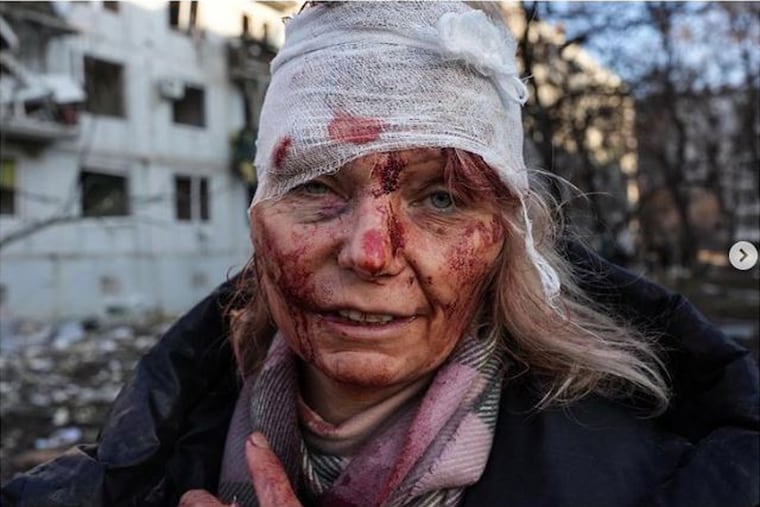Philly photojournalist in Ukraine documents early scenes of Russian invasion
For the 31-year-old Wolfgang Schwan, a Berks County native who lives with his younger brother in Philly’s River Wards section, it is his first time chronicling a war zone.

For the 31-year-old Wolfgang Schwan, a Berks County native who lives with his younger brother in Philly’s River Wards section, it is his first time chronicling a war zone.
